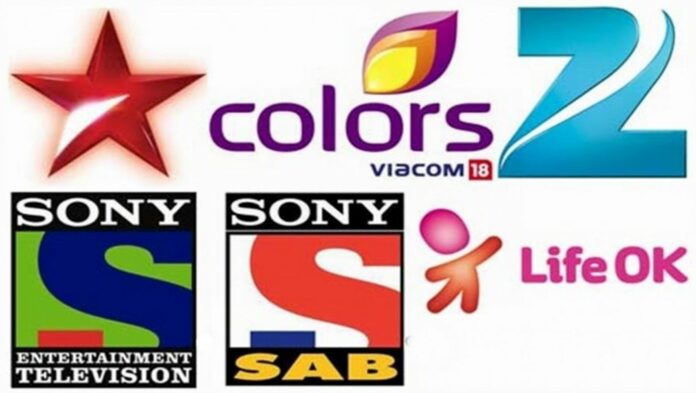According to media buyers and broadcast TV executives, television viewership has dropped 10-12 percent on average, with Hindi GECs facing a greater decrease of 20-30 percent. May viewing was down from early 2020 pre-covid. People stuck within during the 2020 lockdown watched more TV.
Audiences have shifted to over-the-top (OTT) streaming services in the English language and infotainment channel categories. Hindi GECs have experienced a decrease as women and family viewers choose streaming over linear television. OTT platforms Voot, SonyLIV, and Disney+Hotstar stream TV channels online.
“Television viewership has seen many ups and downs in the past two years, but one big change since 2019 has been the rise of OTT and the increase in connected TV sets, especially in urban homes,” said Netra Dhaboo, senior general manager, research and strategy, broadcast, IN10 Media Network, which owns Epic, ShowBox, Filamchi, Gubbare, and Ishara. Dhaboo said there’s no way to quantify the transition to connected TV, but broadcasters may presume people are viewing catch-up programming instead of live programmes.
A top broadcast network executive said the loss of Star India, Sony Pictures Networks India (SPNI), Viacom18, and Zee Entertainment from DD Free Dish had exacerbated the collapse of Hindi GECs. “Even women viewers prefer to watch their daily programmes for convenience instead of creating time,” stated the individual.
Mint asked Star, Sony, Zee, and Viacom18 about viewership changes. Broadcast Audience Research Council (BARC) India did not respond to queries.
Tata Sky, Airtel Digital TV, Dish TV, and Sun Direct had 68.52 million active subscribers in December 2021, down from 68.89 million in September, according to Trai data.
Mansi Datta, chief client officer and office head – north and east at Wavemaker India, stated DTH (direct-to-home) base is shrinking. These families may have adopted linked TV. 15-20 million homes have linked TVs. This move boosts OTT viewing.
Megha Ahuja, vice-president of digital media strategy at Carat India, anticipates growth to be driven by linked TVs, which might exceed 40 million by 2025, and free television, which could cross 50 million, thereby straining the core pay television market. “Reality TV ratings were lower than prior years as impact properties collapsed. Fewer new Hindi films reduced channel viewership.
News is also experiencing challenges. Resuming BARC ratings in March after a 17-month absence has not boded well for the category. The current news share of 6% is lower than the pre-covid level of 7.5-8%. TV network executives question BARC statistics.
“There appears to be a systematic rating problem since we’re not seeing any peaks even with relevant events like the Gyanvapi mosque dispute or election day counting. The present rolled data cannot be compared to the previously unrolled weekly data, but the goal of limiting tampering has not been met, a news network executive stated.
Follow and connect with us on Facebook, LinkedIn & Twitter

